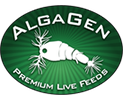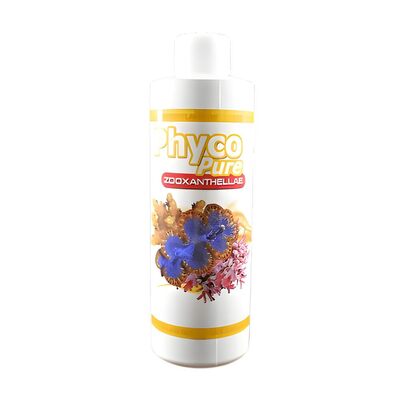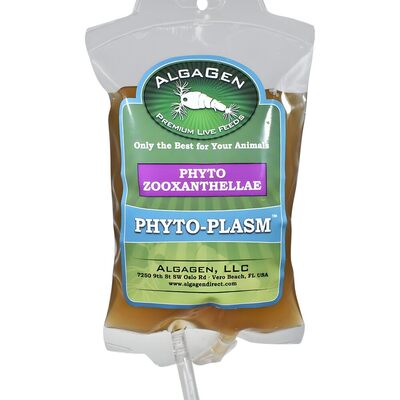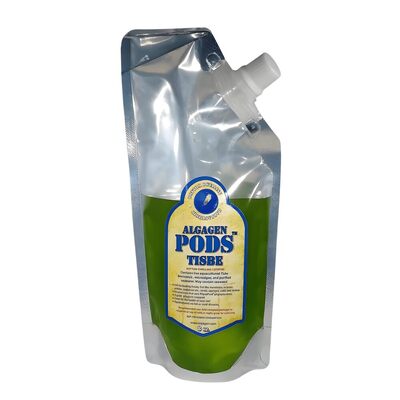In the world of aquariums and marine ecosystems, copepods play a pivotal role. These tiny crustaceans are fundamental to the aquatic food web, serving as a primary food source for various marine species. However, the benefits of copepods can be significantly amplified through a process known as enrichment. This article explores the importance of enriching copepods, the methods used to enhance their nutritional profile, and the overall impact on aquatic health.
Understanding Copepod Enrichment
Enrichment involves boosting the nutritional value of copepods to make them an even more effective food source for marine organisms. By enhancing their content of essential nutrients, such as proteins, lipids, and vitamins, enriched copepods can better support the health and growth of fish and invertebrates in both marine and freshwater environments.
The Role of Copepods in Aquatic Ecosystems
Copepods are tiny crustaceans that live in nearly every aquatic environment. They form a critical part of the food chain, acting as a bridge between primary producers, like phytoplankton, and higher trophic levels, including fish and larger invertebrates. Copepods maintain a balanced ecosystem in reef tanks and aquariums by providing a natural and nutritious food source for many species.
Benefits of Enriching Copepods
Improved Nutritional Value
The primary benefit of enriching copepods is their substantial nutritional content improvement. Enriched copepods are packed with essential fatty acids, proteins, and vitamins crucial for marine species' growth and development.
Enhanced Growth and Development
Feeding fish and invertebrates with enriched copepods can improve their growth rates and overall development. The enhanced nutritional profile of these copepods ensures that aquarium inhabitants receive all the essential nutrients they need, leading to better health and increased vitality.
Strengthened Immune System
A diet that includes enriched copepods can boost the immune systems of fish and invertebrates, making them more resilient to diseases and infections. The presence of both essential fatty acids and vitamins in enriched copepods supports the immune response, helping to keep aquarium inhabitants healthy and reducing the likelihood of illness.
Improved Reproductive Health
For breeding programs, the use of enriched copepods can enhance reproductive success. The high nutritional value of these copepods supports the development of healthy eggs and larvae, increasing the survival rates of offspring and contributing to more successful breeding outcomes.
Better Coloration
One of the visually appealing benefits of enriching copepods is the enhancement of natural coloration in fish and invertebrates. The presence of carotenoids and other pigments in enriched copepods can intensify the natural hues of aquarium inhabitants, making them more vibrant and visually striking.
Methods of Enriching Copepods
Feeding Enrichment
One of the most common methods of enriching copepods is through feeding enrichment. This involves providing copepods with a diet rich in essential nutrients before they are fed to aquarium inhabitants.
Bioencapsulation
Bioencapsulation is another effective method for enriching copepods. This technique involves incorporating nutrients directly into the bodies of copepods through their diet. Bioencapsulation can be used to deliver specific nutrients, such as medications or probiotics, that support the health of aquarium inhabitants.
Practical Tips for Enriching Copepods
To effectively enrich copepods and maximize their benefits for aquarium health, consider the following practical tips:
- Choose High-Quality Feeds: Select high-quality feeds that are specifically formulated for copepod enrichment. Look for feeds that contain a balanced mix of essential fatty acids, proteins, vitamins, and pigments.
- Monitor Feeding Practices: Regularly monitor the feeding practices of copepods to ensure they are consuming the enriched diet. Adjust feeding schedules and amounts as needed to maintain optimal nutritional levels.
- Maintain Optimal Tank Conditions: Ensure that the conditions in the enrichment tanks are optimal for copepod health and reproduction. This includes maintaining stable water parameters, such as temperature, salinity, pH, and adequate aeration and filtration.
- Regularly Assess Copepod Health: Regularly analyze copepods' health and nutritional status to ensure they are adequately enriched. Healthy, well-fed copepods will exhibit increased activity and reproductive rates.
Conclusion
The process of enriching copepods offers significant benefits for the health and vitality of aquatic ecosystems. By enhancing the nutritional profile of these tiny crustaceans, aquarium enthusiasts can provide their fish and invertebrates with a superior food source that supports growth, immune function, reproduction, and coloration. Implementing effective enrichment strategies can lead to healthier and more vibrant aquarium inhabitants, creating a thriving and dynamic underwater environment. Whether you are a beginner or an experienced aquarist, incorporating enriched copepods into your aquarium maintenance routine can improve your aquatic ecosystem's overall health and success.





Recent post